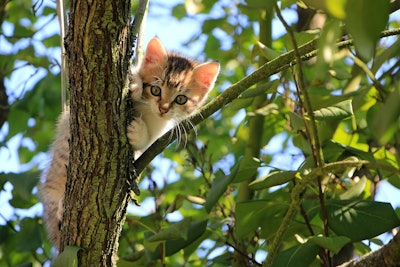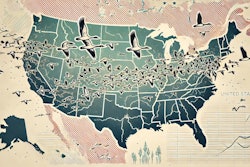
According to reports, a University of Maryland study warns that avian influenza infections in domestic cats are rising sharply worldwide, with scientists urging closer surveillance due to the potential risk of the virus spilling over to humans.
The review, published in Open Forum Infectious Diseases, analyzed two decades of global data (2004–2024) and found 607 avian flu infections in 12 feline species across 18 countries. Domestic cats accounted for over 60% of cases, with 71% of PCR-confirmed infections proving fatal.
Most feline infections were linked to highly pathogenic H5N1, especially the emerging clade 2.3.4.4b, which has also infected other mammals. Transmission routes included consumption of infected birds or raw poultry feed, with cases concentrated in zoos, shelters, farms and rural areas.
"The virus has evolved, and the way that it jumps between species — from birds to cats, and now between cows and cats, cats and humans — is very concerning," said the study's lead author Kristen Coleman, PhD.
Researchers emphasized that cats’ close contact with humans makes them a potential bridge for zoonotic transmission, particularly in high-density environments like shelters.
Since April 2022, the U.S. has recorded 66 human H5N1 infections and one death.

















